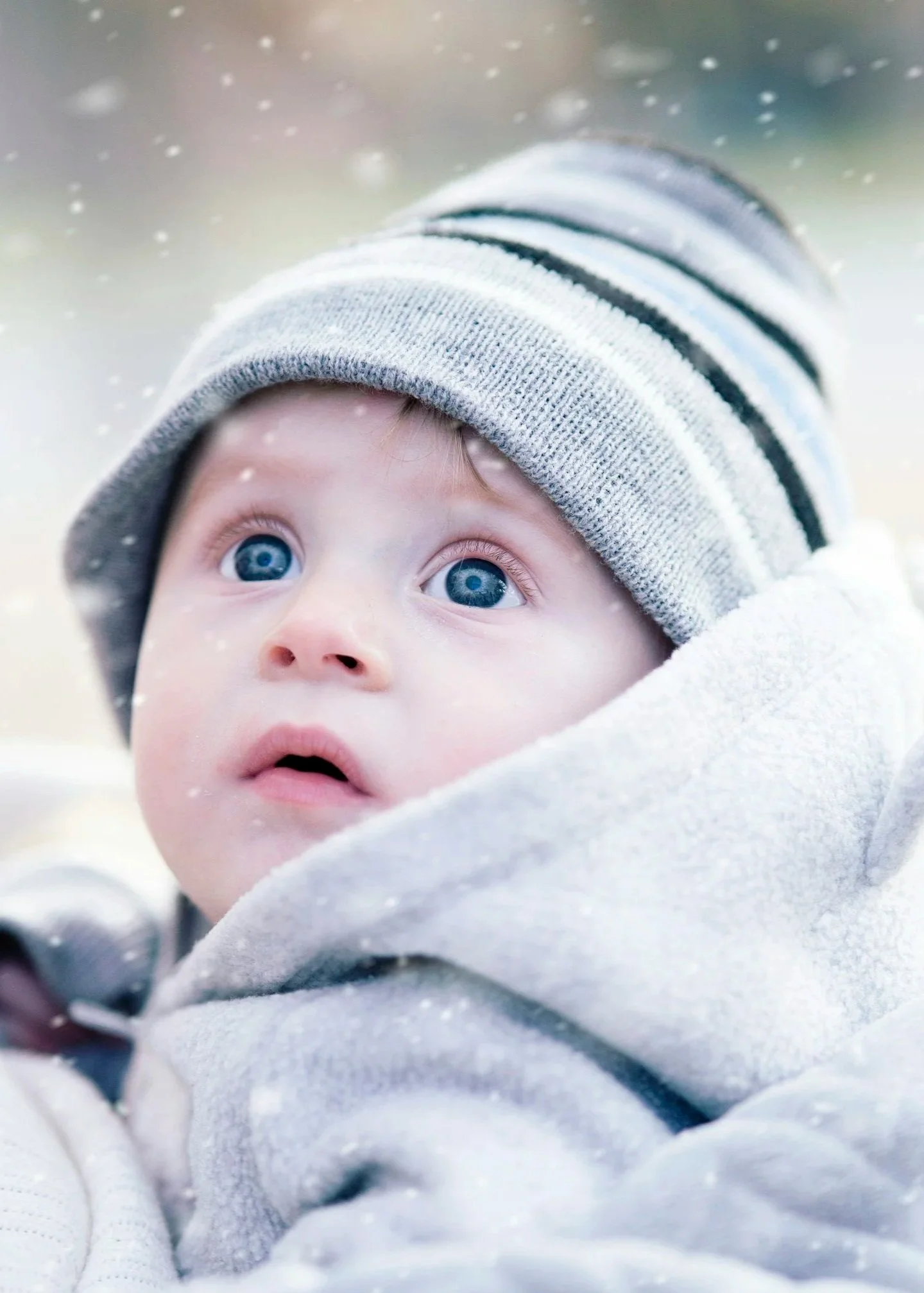Snug but Safe: Dressing Your Baby for Cold Nights Made Simple
Babies can’t regulate their body temperature as well as adults, which means they can quickly become too hot or too cold.
Keeping your baby at a comfortable temperature supports better quality sleep and helps reduce the risk of overheating, which is linked to Sudden Infant Death Syndrome (SIDS).
Ideal baby room temperature: between 16–20°C (61–68°F).
This might feel a little cool to you, but it’s the safest and most comfortable range for babies when dressed appropriately for the season.
Step 1: Check Your Baby’s Room Temperature
Before you start layering up, check the room temperature. A simple digital room thermometer can make this easy.
Tips for maintaining a comfortable sleep environment:
Keep your baby’s cot away from radiators, windows, and drafts.
Avoid electric blankets or hot water bottles.
If the room feels chilly, use a safe heater with a thermostat to maintain consistent warmth.
Step 2: How to Dress Your Baby for Sleep in Winter
When it’s cold outside, the general rule is: Dress your baby in one more layer than you would wear to sleep.
Here’s a quick guide to help you decide what your baby should wear to bed in winter:
20–22°C - Long-sleeved sleepsuit + 1.0 tog sleeping bag
18–20°C - Long-sleeved sleepsuit + 2.5 tog sleeping bag
16–18°C - Long-sleeved vest + sleepsuit + 2.5 tog sleeping bag
Below 16°C - Vest + sleepsuit + 3.5 tog sleeping bag (or add a thin extra layer)
Tog tip: The tog rating measures warmth - the higher the tog, the warmer the sleepwear. Choose sleeping bags designed for your baby’s size and weight, with fitted neck and armholes. Avoid loose blankets or duvets, as they increase the risk of suffocation.
Step 3: How to Tell if Your Baby Is Too Hot or Too Cold
It’s normal for your baby’s hands and feet to feel cooler - this doesn’t mean they’re cold! Instead, check their chest or back for warmth.
Signs your baby is too cold:
Cool chest or tummy
Pale or mottled skin
Blue lips
Signs your baby is too hot:
Sweaty neck or back
Flushed cheeks
Damp hair
Fast breathing
If you notice any of these signs, remove or add a layer and recheck the room temperature.
Step 4: Winter Sleep Comfort Tips
Cold weather can make nappy changes and night time feeds uncomfortable, so a few small changes can make a big difference:
Warm your hands before touching your baby.
Use a soft changing mat instead of cold surfaces.
Keep a low-level night light or small heater in the room (never pointed directly at your baby).
Always ensure your baby’s face and head remain uncovered during sleep.
The Perfect Winter Sleep Setup
Keep the room between 16–20°C.
Use layered sleepwear and tog-rated sleeping bags.
Avoid hats, loose blankets, or anything that covers your baby’s face.
Regularly check your baby’s chest or back for comfort.
With the right setup, your baby can sleep safely and snugly - even on the coldest nights.
Dressing your baby for sleep in cold weather doesn’t have to be complicated.
Focus on safety, layering, and comfort. By following these simple guidelines, you’ll help your baby (and yourself!) enjoy calm, restful winter nights.


